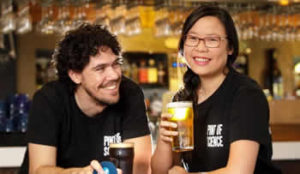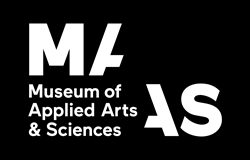When: Wednesday 14th November, 10:20am – 11:20am
Where: Theatrette, Level 2 behind the registration/foyer area
Hashtag: #W6
TasAgFuture is a social research project that is informing future research to support prosperous and sustainable agriculture and food sectors.
Through the TasAgFuture project, the Tasmanian Institute of Agriculture (TIA) has mobilised the Tasmanian agriculture and food sector to have their say in the sector’s future through in-depth interviews and an online survey. As a result, agrifood peak bodies, the State Government and TIA will better understand goals of the sector, and the research, development and extension (RD&E) needs into the future.
This presentation outlines the strategy and impact of TasAgFuture’s communications through the traditional media, social media and stakeholder engagement – a significant contributor to the project’s success.
Session
Case studies: Environment and community engagement
Presenter
Claire Baker, Research Communications Officer, Tasmanian Institute of Agriculture (TIA) – a joint venture of the University of Tasmania and the Tasmanian Government
